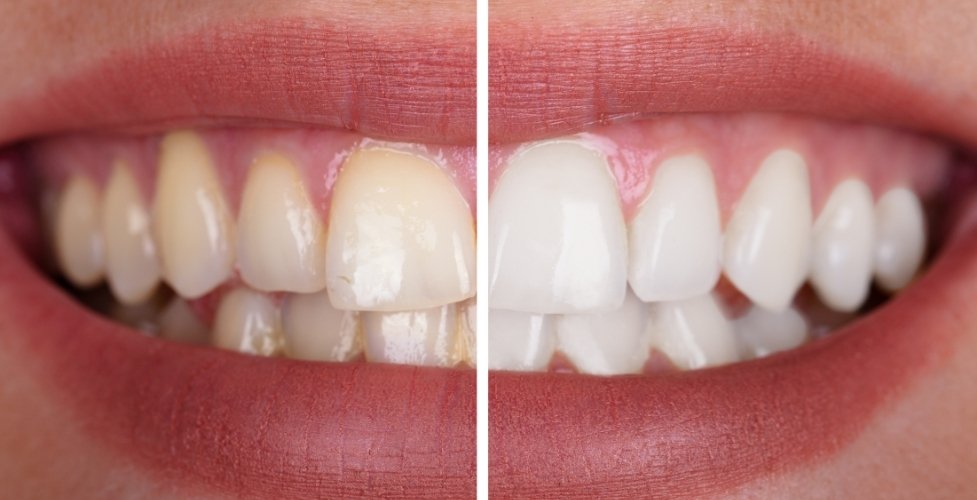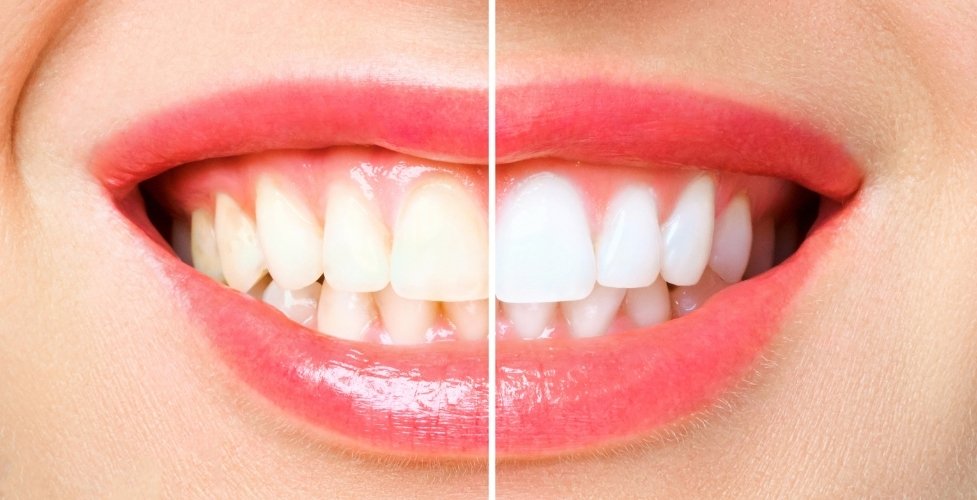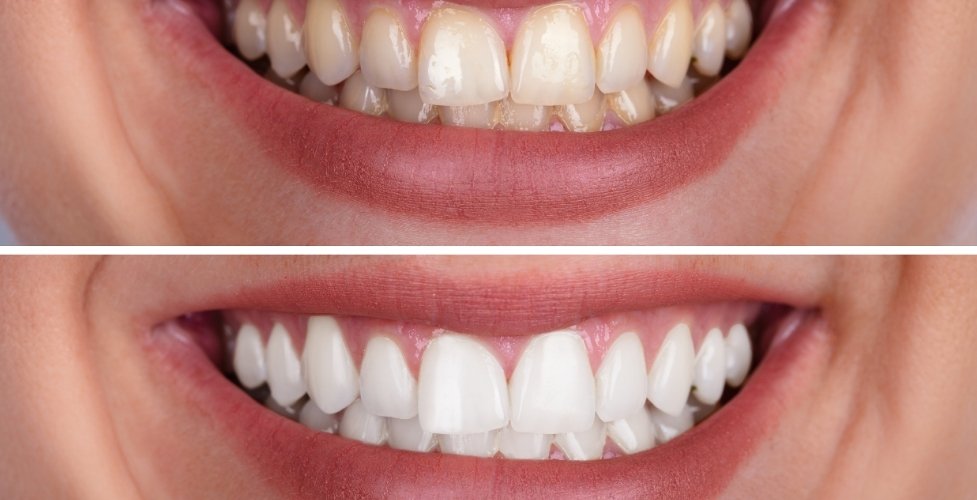3609 Jamison Way Castro Valley, CA 94546

Have you ever wondered if whitening toothpaste really works or if home remedies can harm your teeth? Teeth whitening has become one of the most popular cosmetic treatments today, with countless products promising a brighter smile.
However, the growing demand for whiter teeth has led to a rise in myths and misconceptions about the process. From beliefs about its safety to misunderstandings about its effectiveness, it’s easy to be confused.
This blog aims to clear up the confusion by debunking some of the most common teeth-whitening myths. Whether you’re considering professional treatments or DIY options, understanding the truth will help you make informed decisions.
Types of Teeth Whitening Treatments
There are several teeth whitening options available, each with its own benefits and limitations:
- Professional Teeth Whitening: This treatment, provided by dentists, offers the most effective and long-lasting results. It uses stronger bleaching agents and can whiten your teeth several shades in a single session.
- At-Home Teeth Whitening Kits: Over-the-counter whitening kits are convenient and more affordable. They typically use lower concentrations of whitening agents but still provide noticeable results with consistent use.
- Whitening Toothpastes and Rinses: These are everyday products that help remove surface stains but won’t alter the natural color of your teeth. They are safe for daily use and work best when combined with other whitening methods.
- Natural and DIY Whitening Methods: Popular home remedies, such as baking soda or activated charcoal, claim to whiten teeth naturally. While they may help with stain removal, they can also cause enamel damage if used improperly.
Myths About Teeth Whitening
Myth 1: Whitening Toothpaste Is All You Need for a Perfect Smile
Many believe that whitening toothpaste can provide dramatic results.
Whitening toothpaste only removes surface stains and does not alter the deeper layers of the tooth. Professional teeth whitening treatments work differently by penetrating the enamel and addressing both surface and deep stains.
While whitening toothpaste is helpful for daily maintenance, it should not be relied upon for significant whitening results.
Myth 2: Teeth Whitening Causes Damage to Your Enamel
People often worry that whitening treatments harm tooth enamel.
When used correctly, professional and over-the-counter whitening products are safe for enamel. Studies show that whitening treatments, when done under supervision, do not cause long-term damage to enamel.
Always follow product instructions and consult with your dentist to ensure the safe use of whitening treatments.
Myth 3: Whitening Treatments Don’t Work on Sensitive Teeth
Some believe people with sensitive teeth cannot use whitening products.
Sensitive teeth can still be treated with customized whitening products designed for those with discomfort. There are whitening options specifically created for sensitive teeth, which minimize irritation while providing effective results.
Consult your dentist for tailored whitening solutions if you experience tooth sensitivity.
Myth 4: Natural Remedies Are the Best Way to Whiten Teeth
People think DIY solutions, like baking soda or lemon juice, are the safest and most effective way to whiten teeth.
These methods can damage tooth enamel and may not be as effective as professional treatments. Research shows that abrasive substances like baking soda can wear down enamel over time, leading to sensitivity.
Stick to scientifically backed whitening products and consult your dentist for the safest options.
Myth 5: Teeth Whitening Will Make Your Teeth Permanently White
Some believe that once you whiten your teeth, they will remain white forever.
Whitening treatments are not permanent. Results vary based on lifestyle choices, like diet and smoking. Whitening effects typically last from six months to a year, depending on personal habits.
Regular touch-ups and avoiding stain-causing foods will help maintain a bright smile.
Myth 6: Over-the-Counter Whitening Products Are Just As Effective As Professional Treatments
Many believe that over-the-counter products offer the same results as professional treatments.
Professional treatments contain stronger whitening agents and are tailored to your specific needs. Research shows that in-office treatments can provide faster and more noticeable results compared to at-home products.
For the best results, consult with your dentist before choosing a whitening treatment.
How Teeth Whitening Works?: The Science Behind It
Teeth whitening primarily relies on bleaching agents like hydrogen peroxide or carbamide peroxide. These chemicals break down stains on the tooth’s surface and within the enamel. When applied, these agents release oxygen molecules that penetrate the enamel, breaking down discolored molecules. This process lightens the teeth, restoring their natural color.
Teeth can become stained due to the foods and drinks we consume, such as coffee, tea, and wine. These substances contain pigments that adhere to the enamel. Over time, the enamel wears down, making stains more noticeable.
However, some stains are intrinsic (deep within the tooth), and these are harder to address with whitening treatments. That’s why professional whitening is often needed for more stubborn stains.
Factors That Affect the Effectiveness of Whitening
Several factors can influence how well whitening works for an individual:
- Type of Stains: Stains can be extrinsic (on the surface) or intrinsic (beneath the enamel). Extrinsic stains are easier to remove with whitening treatments, while intrinsic stains often require more powerful solutions.
- Age and Genetics: Older individuals may have more resistant stains due to enamel thinning over time. Additionally, genetics can affect the thickness of enamel and the natural color of your teeth, influencing whitening results.
- Diet and Lifestyle: Diet plays a significant role in teeth staining. Foods and drinks like coffee, red wine, and berries can contribute to discoloration. Smoking also accelerates staining and makes it harder to maintain a white smile.
This blog has debunked several common teeth-whitening myths and shared the facts behind them. Whitening treatments can be safe and effective when used correctly, but it’s important to choose the right method for your needs.
Always consult our dentists before starting any whitening regimen to ensure the best results. Now that you understand the truth, you can confidently take the next step toward achieving a brighter, healthier smile!






